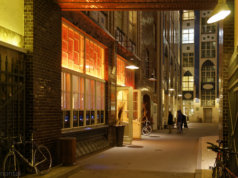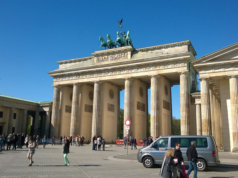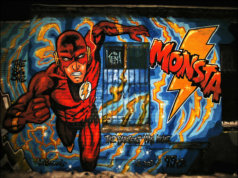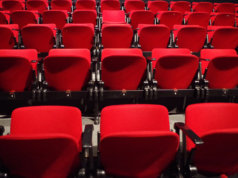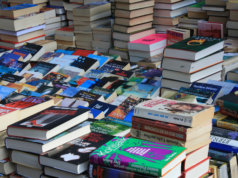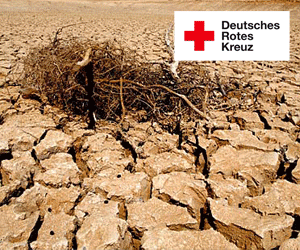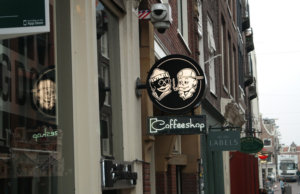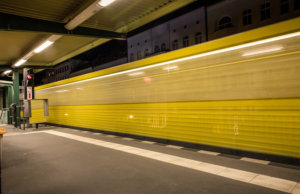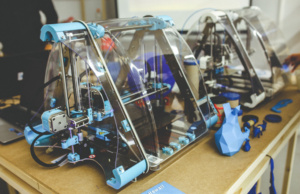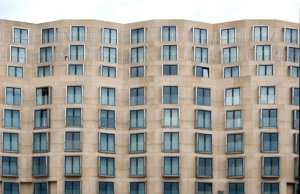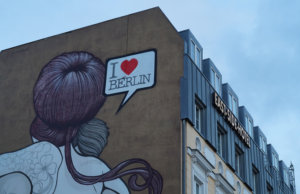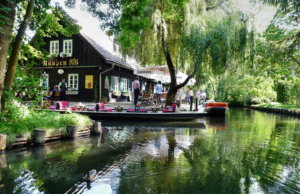Museums curators and soon-to-be visitors have been patiently awaiting the arrival of a collection from Tehran’s Museum of Contemporary Art that was due to open at the Gemälde Galerie in Berlin this December. Planning for this showing has taken years and was praised as a progressive partnership between Iran and the west.
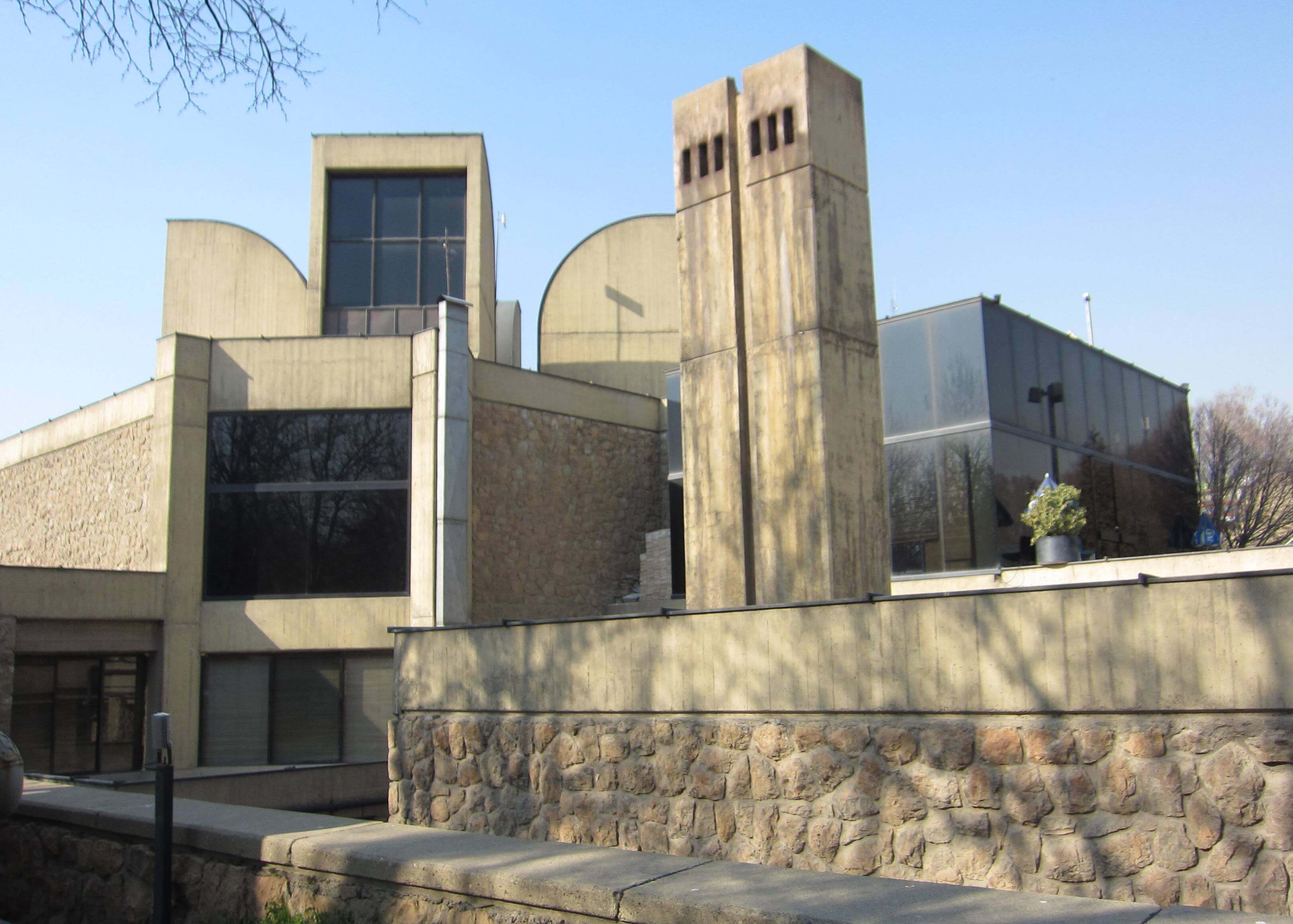
But the Iranian authorities have not yet given it the green light, postponing the exhibition indefinitely.
The reason behind the hesitation is not quite clear – to the organizers in Berlin.
“The opening on 4 December will definitely not be possible,” said a spokeswoman for the Prussian Cultural Heritage Foundation (SPK) who was part of negotiating the loan. “We are ready and waiting to open the exhibition, but the paintings are still in Tehran,” she says.
“We had signed contracts with the TMoCA and relations are on a good footing, but we are told someone needs to give the green light for the artworks to leave Tehran, and that signature is still missing, though the current signals we’re getting indicate we’ll get them soon.”
Frank-Walter Steinmeier, Germany’s foreign minister has praised the agreement in which Germany had reportedly paid €2.8 million in insurance and transport costs. He felt that it was proof of improving cultural diplomacy.
What can we expect to see in the collection? – that is if we ever get to see it
The collection includes about 60 works that were purchased during the oil boom of the 1970s. Farah Diba Pahlavi, the wife of the last Iranian shah Mohammad Reza Pahlavi, had directed the gathering of these pieces, which include works by world-renowned artists as well as Iranian ones.
Some of the most famous include Rothko, Picasso, Van Gogh, Pollock, Monet, Gauguin and Duchamp. As well, about half the collection is made of Iranian artists including Faramarz Pilaram, Behjat Sadr and Mohsen Vaziri Moghaddam. A highlight of the pieces includes Jackson Pollock’s Mural on Indian Red Ground, which is estimated to be worth more than €200 million.
This selection of impressive artworks was essentially the driving force of the construction of the TMoCA. But just after two years of completion the Iranian Revolution of 1979 starkly ended the shah’s regime and the collection was put into storage where it has sat for the majority of the time up until now. Pahlavi was also sent into exile, living between the US and Paris.
And in Iran… people are confused, or irritated, or both
In Iran itself many local artists were annoyed that the TMoCA was planning to send a portion of its collection abroad. Many have been complaining about the secrecy shrouding this artworks – especially the ones which have been deemed un-Islamic due to depiction of nude or gay subject matter.
Leili Golestan, a well-known gallery owner who is based in Tehran is more confused about the future of these pieces than ever.
“Even now we still don’t know which works are meant to be sent [to Berlin],” she said. “Why so much secrecy? The authorities have not been transparent about this at all.”
One diplomat has also said that they hoped by showing the art outside of Iran may make the pieces more accessible when they are returned to Tehran.
“By showing the pictures here, we’ll increase the chance that they can be shown in Tehran one day,” the diplomat said.


